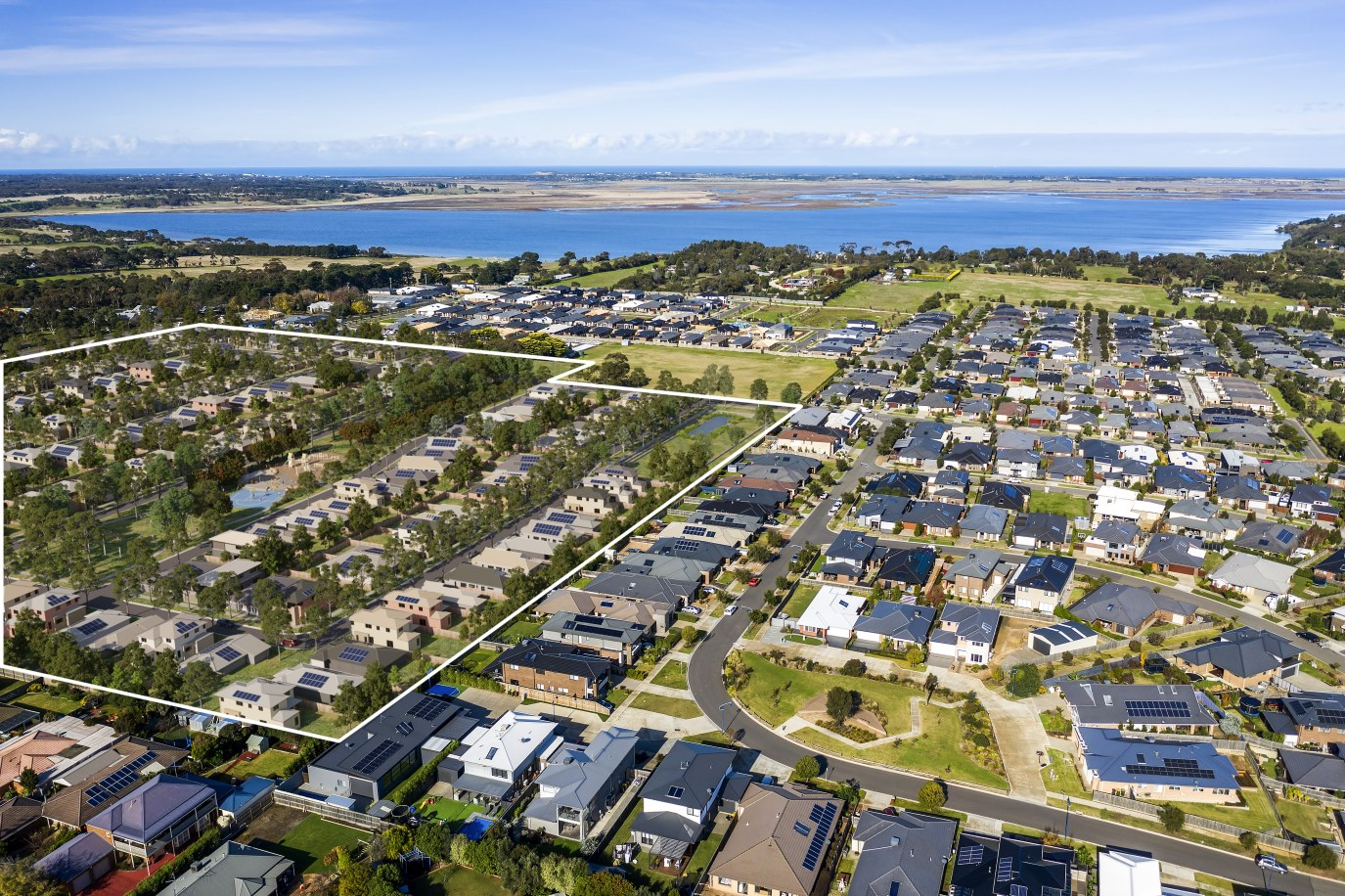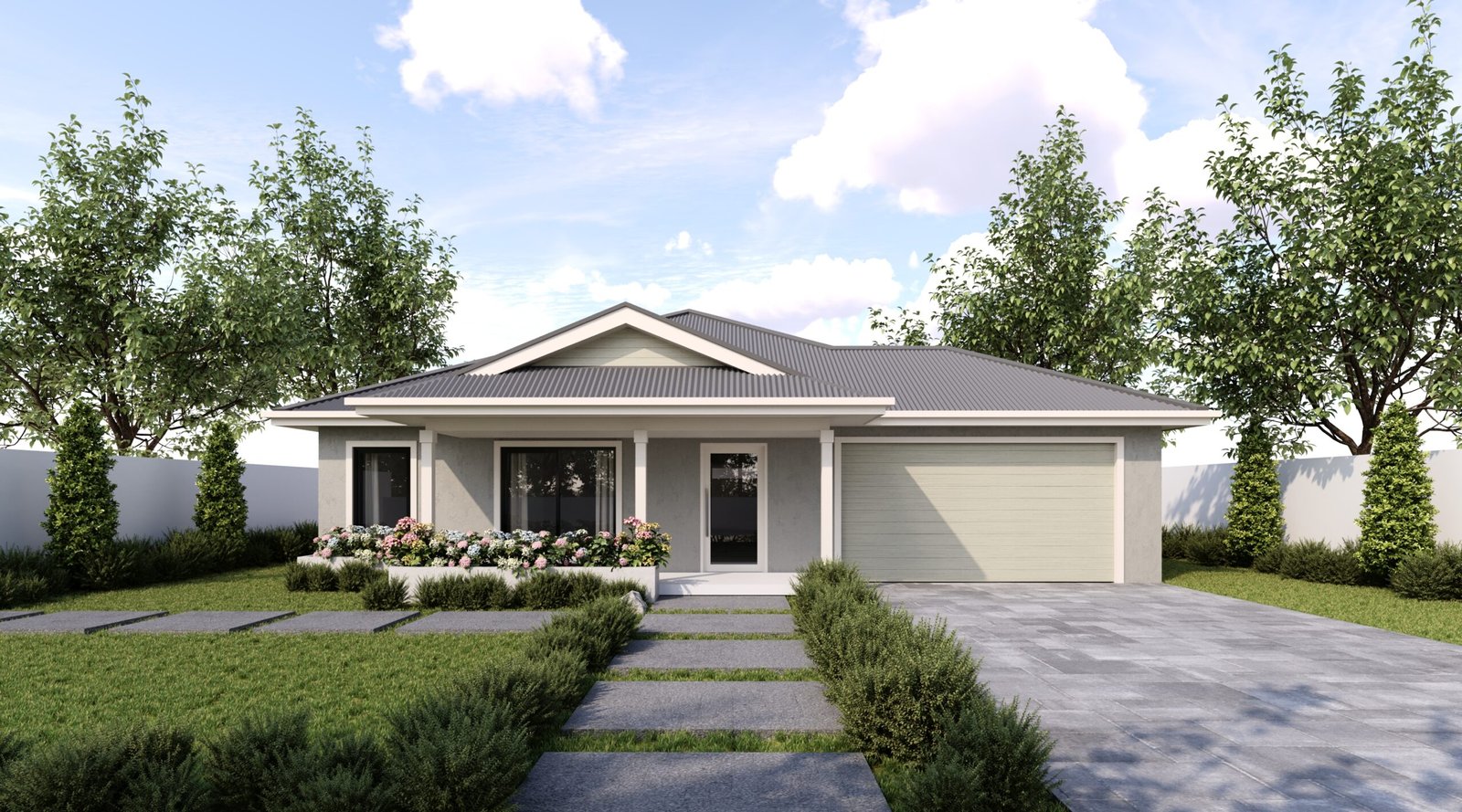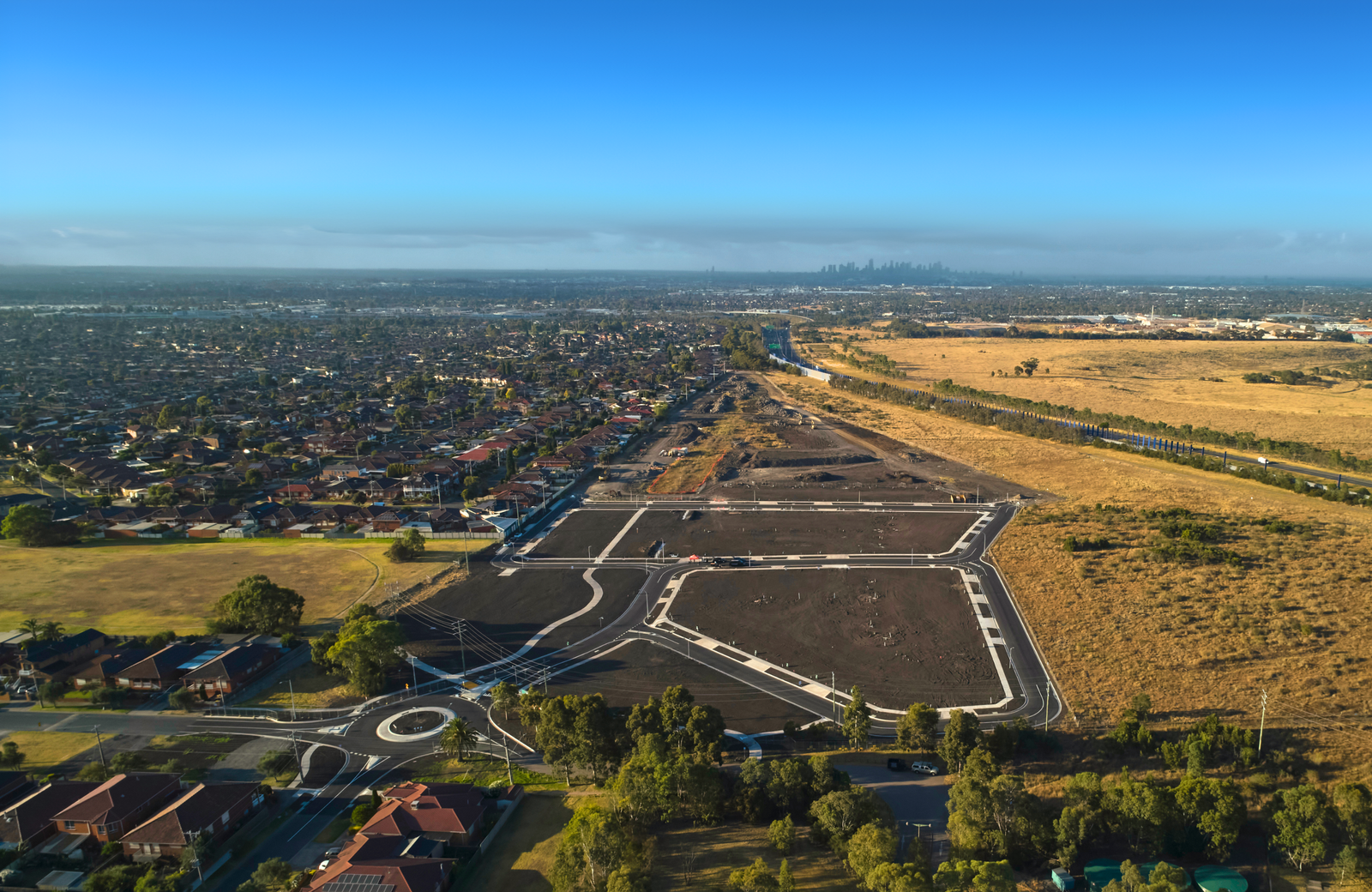If you're not familiar with the home building industry, the terminology around home sizes can be confusing. Terms like squares, square metres, and per square metre pricing often come up when you're exploring homes to build or purchase. Understanding these terms and how they differ is essential when planning your space and deciding where to place fixtures, fittings, and furniture in your future home.
This knowledge becomes even more important if you're embarking on a knockdown and rebuild, building on an empty block, or selecting a home and land package. Accurately calculating the size of your home ensures that your design makes the most of the available space and meets your needs, both now and in the future.
What are house squares or builder's squares?
In Australia, squares (or builder’s squares) are the most commonly used measure of house size. They are typically used to describe the size of a room or an entire building.
One square equals 100 square feet. To calculate the square footage of a space, you simply multiply its width by its length. For example, a room that measures 10 feet by 10 feet is 100 square feet (10 x 10 = 100), which equals one square.
If your home is a perfect rectangle measuring 70 feet by 30 feet, it totals 2100 square feet. To convert that into squares, divide the total by 100 (2100/100 = 21). This means the home is 21 squares.
Note: One foot equals 30.48 centimetres, and there are 3.28 feet in a metre.
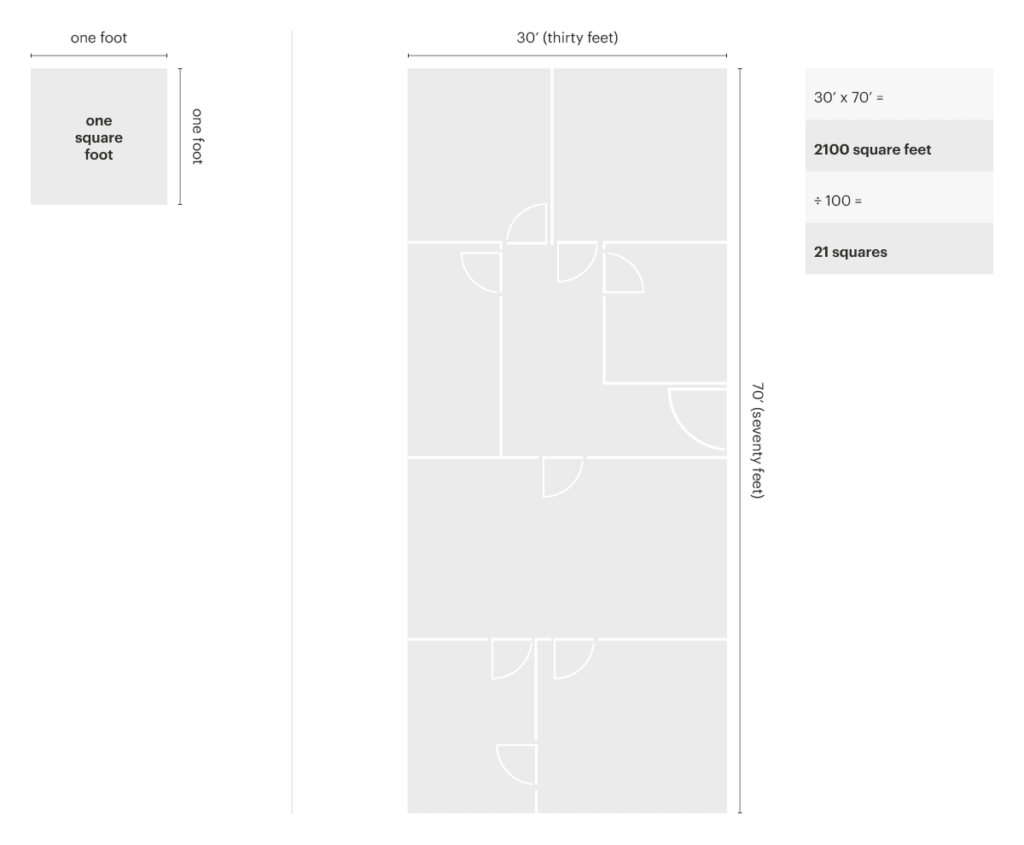
Square metres, also referred to as metres squared, sqm, or m², are commonly used to measure the area of a space in Australia. This measurement is typically applied to block or lot sizes and, in some cases, the size of buildings.
To calculate square metres, multiply the width of the area by its length, both in metres. For example, if you have a square with sides of 1 metre each, its area is 1m². A home block that is 10 metres by 20 metres would cover 200 square metres (10 x 20 = 200m²).
Squares to square metres, how to do it?
If you’re not familiar with imperial measurements, converting squares to square metres can be easier to visualize.
To convert a home advertised in squares to square metres, multiply the number of squares by 9.290304. For instance, a home measuring 54 squares would equal approximately 501.6 sqm (54 x 9.290304 = 501.6).
For convenience, we recommend using an online conversion tool, such as the convert units calculator.

How to calculate house squares for your home
Knowing the number of squares in your home is extremely useful when considering a new home build, choosing a boutique style Senka home and land package in Melbourne or even renovating.
If you’re more comfortable with metric measurements, we suggest starting with square metres and completing a two-step conversion to squares.
Break Down the Area by Room: Measure each room’s dimensions (width and length) and multiply these figures together. Repeat this for every room, then sum the totals to obtain the overall square metreage of your home.
Convert to Squares: Divide this total by 9.290304 to determine the number of squares.
Keep in mind that these figures will be approximate. For L-shaped or rounded rooms, you may need to break the space down into smaller shapes for a more accurate calculation.
The table below can be a helpful reference if you’re not keen on performing the calculations. These values are rounded, so consider using an online calculator for precise results.
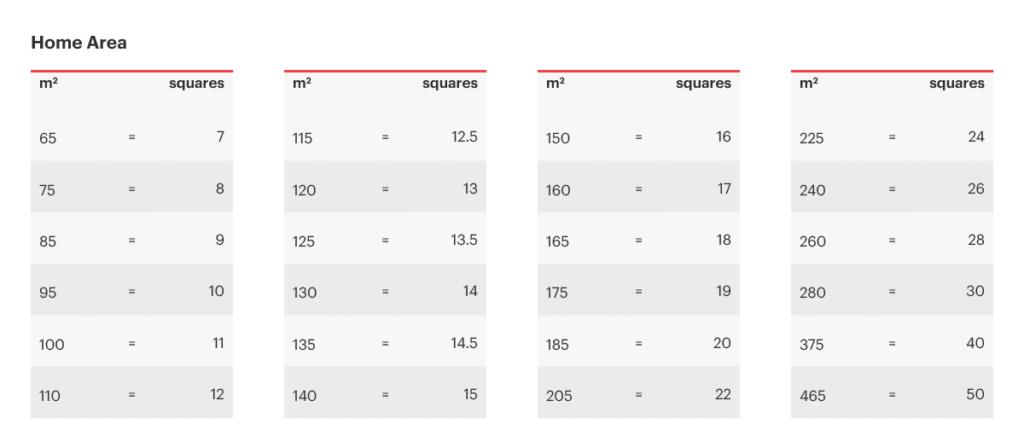
What is the average home size in Australia
Australia boasts some of the largest house sizes in the world, according to data commissioned by CommSec from the Australian Bureau of Statistics.
In 2019/20, the average size of a newly built Australian home reached 235.8 square metres (or 25.38 squares), marking a 2.9% increase compared to the previous year. During the same period, the average size of Australian apartments also rose to 136.8 square metres (approximately 14.73 squares).
Before the pandemic, the trend was slightly different, with Australians constructing smaller homes on average. According to the ABS, the average block size for new homes in Australian capital cities has gradually decreased, falling from 602 square metres in 2005-06 to 467 square metres in 2019-20.
At Senka Homes, we have conducted a data analysis over the last eight years of building homes for first home buyers and investors in Melbourne. Our findings reveal that the average size of single-storey homes across all our builds is 22 squares, which closely aligns with the national averages mentioned above.
How to work out per-square-metre pricing?
Calculating the price per square metre for home construction is an effective way to compare different builders and understand the cost breakdown of similar projects. This method can also help you plan your budget more accurately.
The per square metre (m²) figure serves as a useful starting point and is often used by builders to estimate pricing. This approach involves multiplying the total floor area, measured in square metres, by the corresponding per square metre rate.
However, it’s essential to carefully review the provided quote and clarify what is included and excluded to gain a complete understanding of the costs involved in your project. This process can become quite complex, as each builder offers a significantly different range of internal and external inclusions, as well as varying quality of materials.
At Senka Homes, our standard inclusions are often what many builders consider upgrades, which can further complicate comparisons. As a result, what may seem like a straightforward comparison can lead to misunderstandings if the details aren’t fully understood.
Measurements for Senka Homes
At Senka Homes, we advertise the total home size in squares (sq) for our properties. We also provide the size in square metres (m²) to spare you from doing the calculations!
Our completed homes for sale feature the total lot size in square metres, indicating the size of the block on which the house is built.
For more information about Senka Homes or to discuss the ideal home size for your block or family, please contact our friendly team.

